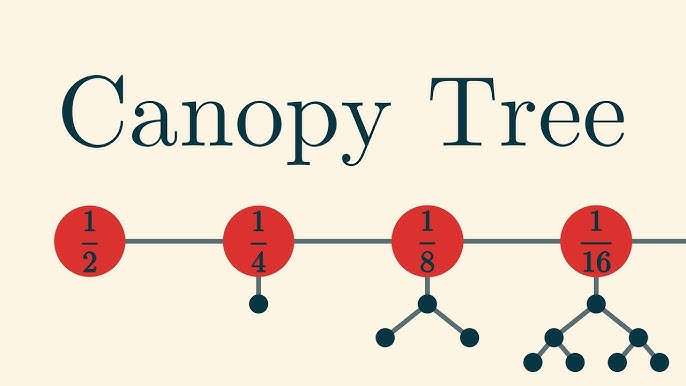Notes #
1. The Limit of Random Graphs: A Survey of Benjamini-Schramm Convergence #
This is the final project for the course Stochastic Processes and Statistical Mechanics by Prof. Tim Mesikepp, where the actual topics are Markov chains and mixing times.
In this note, I give a thorough survey on the theory of Benjamini-Schramm convergence for random graphs. The notes present the definition of local convergence, explore key examples, and provide a detailed proof of the main theorem about recurrence properties of limit graphs through circle packing techniques and the “magic lemma”.
Note that this result is also used in my undergraduate research project.

2. Gromov’s Theorem on Groups of Polynomial Growth #
This is the final project for the course Topics in Geometric Topology by Prof. Wenbo Li.
In this note, I briefly discuss the statement and history of the well-known Gromov’s theorem, which asserts that Every finitely generated group of polynomial growth is virtually nilpotent.
Moreover, I give an in-depth exposition of Kleiner’s alternative proof of Gromov’s theorem, which is much more elementary than Gromov’s original proof. I focus on the most innovative part of Kleiner’s proof, with careful attention to the technical aspects of Kleiner’s analytical approach and Poincaré inequalities.
3. Dehn-Nielsen-Baer Theorem and Semiconjugacy #
This note is for a talk in the low-dimensional topology seminar, which aimed at studying the paper “Rigidity of mapping class group actions on $S^1$” by Kathryn Mann and Maxime Wolff. The talk was given by me and another two students, and my task was to introduce background for reading this paper.
I first give a detailed exploration of the Dehn-Nielsen-Baer theorem. The notes cover the proof using pants decomposition approach. Besides, I introduce some basic concepts about standard action and semiconjugacy and states the main theorem of this paper in the end.
4. Symbolic Dynamics #
A note for the talk in the dynamics seminar. In this note, I follow the chapter 3 in the book “Introduction to Dynamical Systems” by Michael Brin and Garrett Stuck to give an introduction to symbolic dynamics.
I mainly focused on subshifts and codes, with special emphasis on subshifts of finite type (SFTs). The note also covers the Perron-Frobenius theorem, providing a blend of dynamical systems theory and linear algebra. In the end, I introduced the topological entropy and Artin Mazur zeta function, and showed that such functions associated with SFTs are actually rational functions.
5. Notes on Partial Differential Equations #
This is a collection of classical solutions and core theorems for partial differential equations, serving as a practical reference for my PDE course, which includes topics such as wave equations, diffusion equations, and harmonic functions. Special attention is given to various boundary conditions (Dirichlet, Neumann, Robin) and practical solution techniques. The note emphasizes computational techniques and explicit solutions rather than theoretical derivations.